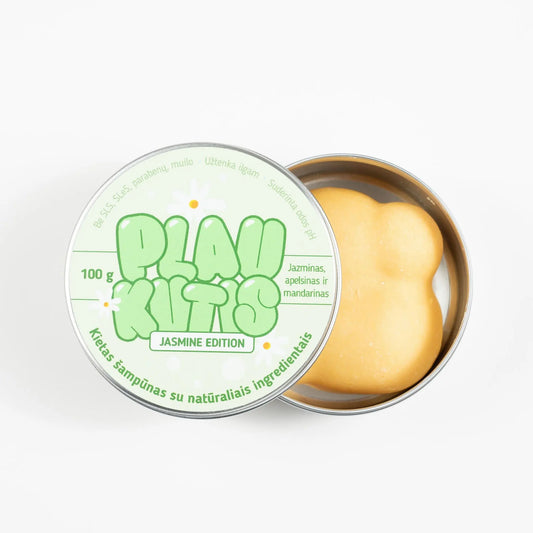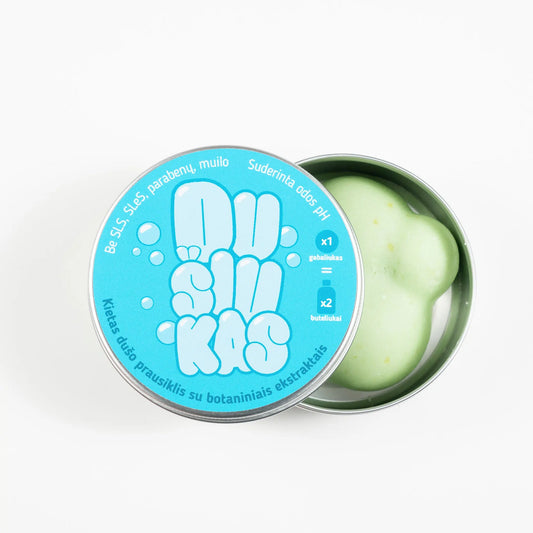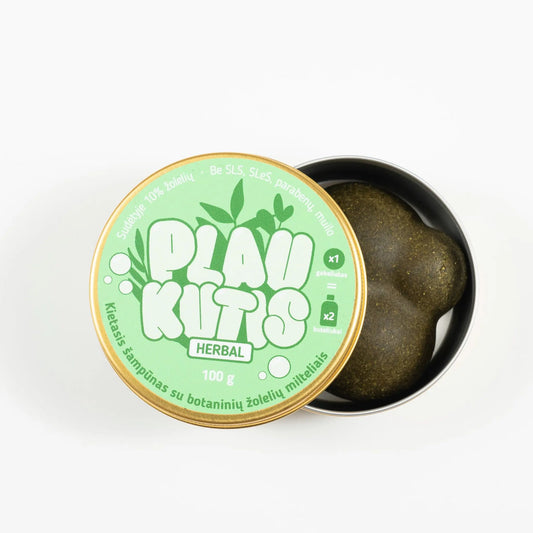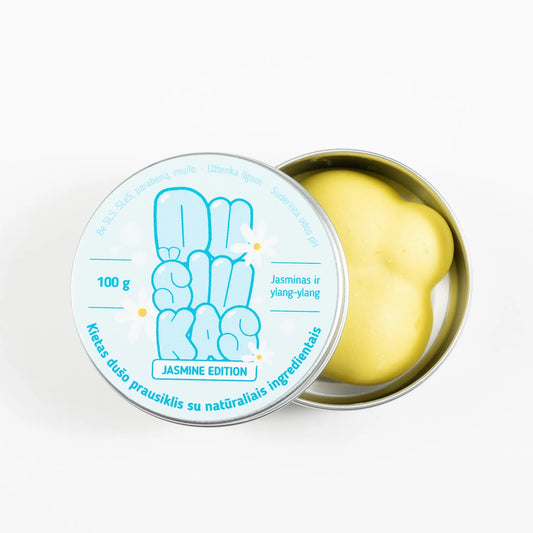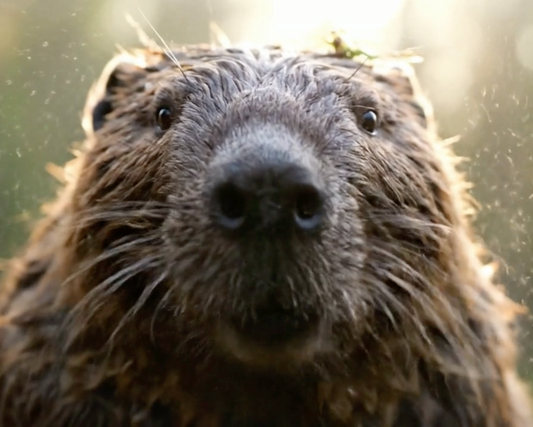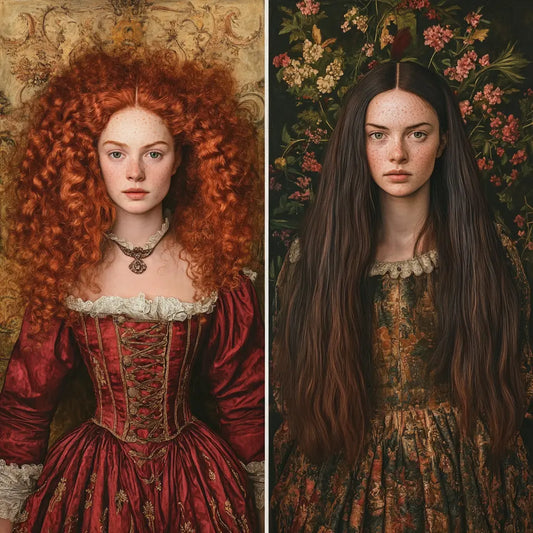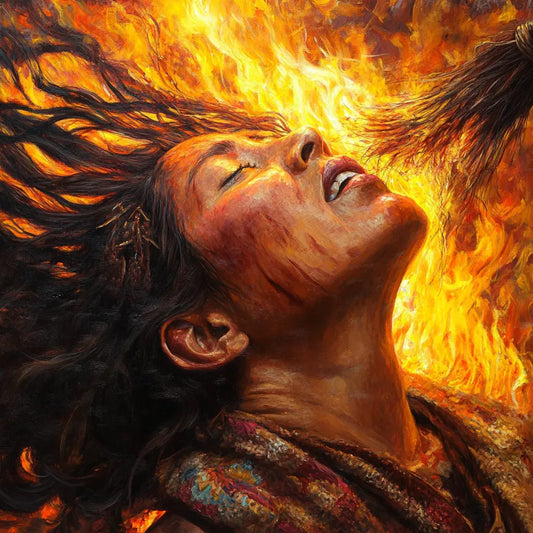Not all hair fits into one category. Many people have mixed hair textures, also known as hybrid or multi-textured hair. This combination can include straight, wavy, curly, or coily hair, creating a unique texture that doesn't always respond well to regular hair care routines. Mixed hair types are especially common among people of mixed ethnicity, but anyone can have multi-textured hair due to genetics, hormonal changes, or even heat damage to the hair.
Research shows that recognizing and understanding these mixed hair textures is crucial to effectively caring for them. For example, a 2019 study published in the Journal of Dermatological Science found that 40% of people with multi-textured hair struggle to find the right products to meet their needs. In this article, we’ll explore the types of mixed hair, the challenges of caring for it, and provide practical solutions.

Understanding Mixed Hair Texture
Combination of straight and wavy hair
One of the most common mixed hair textures is a combination of straight and wavy hair. Often, the roots remain straight, while the mid-lengths and ends begin to form natural waves. This variation can be subtle, but it presents different challenges in different weather conditions.
For example, a 2020 study published in International Hair Research found that people with a combination of straight and wavy hair are twice as likely to experience frizz in humid climates compared to those with a uniform texture. This happens because the wavy parts absorb moisture from the air, while the straight roots remain intact.
Characteristics of straight and wavy hair :
- Texture changes from roots to ends.
- Mixed waves that can vary in intensity.
- Tendency to itch in humid weather and dryness in cold weather.
Combination of curly and spiral hair
A combination of curly and coily hair is another unique hair type. This type of hair often has strong curls at the roots that gradually loosen towards the ends, creating a mixed texture. A 2021 study found that people with a combination of curly and coily hair are more likely to experience uneven moisture distribution. This is because coily hair naturally has more twists, making it harder for natural oils to reach the ends.
Curly-spiral hair often requires different techniques and products for different parts of the hair. Stronger curls at the roots may require heavier moisturizing products, while lighter curls at the ends can be styled with lightweight curl-setting creams.
Characteristics of curly and spiral hair :
- Different tightness of curls from roots to tips.
- Tendency to dryness in the root zone and frizz at the ends.
- Different curls may mean different care routines will be needed.

The challenges of caring for combination hair
Moisture retention problems
Maintaining moisture is one of the biggest challenges when caring for combination hair. Different textures can retain or lose moisture at different rates, making it difficult to maintain even hydration. For example, curly sections can become dry and brittle, while straighter or wavy sections can become greasy more quickly.
A 2020 study in the Journal of Hair Science found that 53% of people with multi-textured hair struggle to maintain equal moisture levels throughout their hair. This imbalance often leads to split ends, frizz, and uneven texture, requiring a customized approach to hair care.
Common moisture retention problems for combination hair :
- Dryness in the spiral parts due to natural oils not reaching the ends.
- Greasy in straighter or wavy parts, where oils spread easily.
- It's hard to find products that provide enough moisture without weighing down your hair.
Product selection problems
Finding the right products for combination hair can be a real challenge. Products that work for one texture may not work for another. For example, heavier conditioners may provide needed moisture to curly sections but leave straighter sections greasy and limp.
A 2018 study published in Cosmetic Dermatology found that 67% of people with combination hair use at least three different products to meet their hair's different needs. This can lead to confusion, product buildup, and frustration when trying to balance moisture, volume, and frizz control.
Common product selection problems for combination hair :
- Using heavy products that weigh down thinner parts.
- Excessive amount of product in certain areas of the hair.
- It's hard to find multi-purpose products that work for both curly and straight hair.
Tips for caring for unique hair
Customized hair care
The most important aspect of caring for combination hair is customization. Different parts of your hair require different care products and methods. For example, you can use a heavier moisturizer for drier, curlier sections, and choose lighter products for straighter areas.
- Fun fact : The 2019 Global Hair Study found that people who used customized hair care products experienced 30% less hair breakage compared to those who used universal products.
Here are some tips for adapting your routine:
- For drier areas, use leave-in conditioners or oils.
- For thinner areas that need volume, choose lightweight mousses or gels.
- Adjust your routine according to the season, as humidity or dryness can affect your hair differently.
Hair styling using natural texture
Styling mixed hair can be challenging, but it also allows you to take advantage of its versatility. Heat-free methods like braids or twists can enhance your natural texture without damaging it. You can use a round brush for straighter sections to add volume and smoothness, and use a diffuser to style curly sections.
Protective hairstyles like ponytails, braids, and twists are also great options for combination hair. Not only do these hairstyles look great, they also reduce the risk of heat damage and excessive hair manipulation.
- Fun fact : A 2018 study by the Hair Styling Institute showed that people who used heat-free styling methods improved their hair condition by 20% over six months .

Myths and interesting facts about mixed hair
-
Myth : Combination hair is difficult to maintain.
Fact : With the right tools and products, multi-textured hair can thrive. Customization is key to ensuring that every section of hair receives the care it needs. -
Myth : One product can solve all the problems of combination hair.
Fact : Often, combination hair needs different products for different areas. For example, curly sections need heavier creams, while straight sections need lighter mousses. - Fun fact : Research shows that 35% of people with combination hair experience significant changes in texture during hormonal changes like pregnancy or menopause, according to the American Hair Research Society .
-
Myth : The only way to style combination hair is with heat.
Fact : Heat-free methods like braids, twist techniques, or coils can help enhance your natural texture without damage. - Fun fact : Your hair can stretch up to 30% when wet, so it's best to use a wide-toothed comb or your fingers for curly or coily areas to avoid breakage.
Practical tips for caring for combination hair
- Understand the care your hair needs : Pay attention to how different parts of your hair behave. Some areas may require more moisture, while others may need products that reduce oiliness or add volume.
- Use different products : Use heavier creams or oils for drier and curlier parts, and lighter mousses or gels for wavy or straighter areas.
- Protect your hair : Protective hairstyles like braids, ponytails, or twists help prevent over-manipulation and minimize hair damage. They also allow you to showcase different hair textures.
- Adapt to the seasons : Climate can greatly affect combination hair. Use anti-frizz products for wavy areas during humid seasons, while drier weather may require heavier moisturizing products for coily areas.
Frequently asked questions
-
How do I know if I have combination hair?
If you notice different textures – for example, straight roots with wavy or curly ends – you likely have combination hair. -
What is the best way to moisturize combination hair?
Use leave-in conditioners or oils for drier areas, and lighter products like gels or mousses for straighter or oilier areas. -
Can I use the same shampoo for all hair textures?
Yes, a balanced shampoo can work for all textures, but different areas of the hair may require different conditioners or styling products. -
Is mixed hair type common?
Yes, it's very common. Many people, especially those of mixed descent or who have experienced hormonal changes, have different hair textures. -
Should I change my hair care routine according to the season?
Definitely! Humidity and dryness can affect different parts of your hair, so adapt your routine to the current climate.
Conclusion
Caring for mixed hair can seem complicated, but with proper care, you can bring out its natural beauty. A customized routine, choosing the right products, and experimenting with styling techniques are essential steps to ensure your multi-textured hair thrives. The uniqueness of your hair allows you to create a variety of styles, whether it’s waves or curls.
Remember, caring for combination hair requires balance. Take the time to understand your hair's specific needs and adjust your routine as needed. With a little care and attention, your combination hair can look great.
